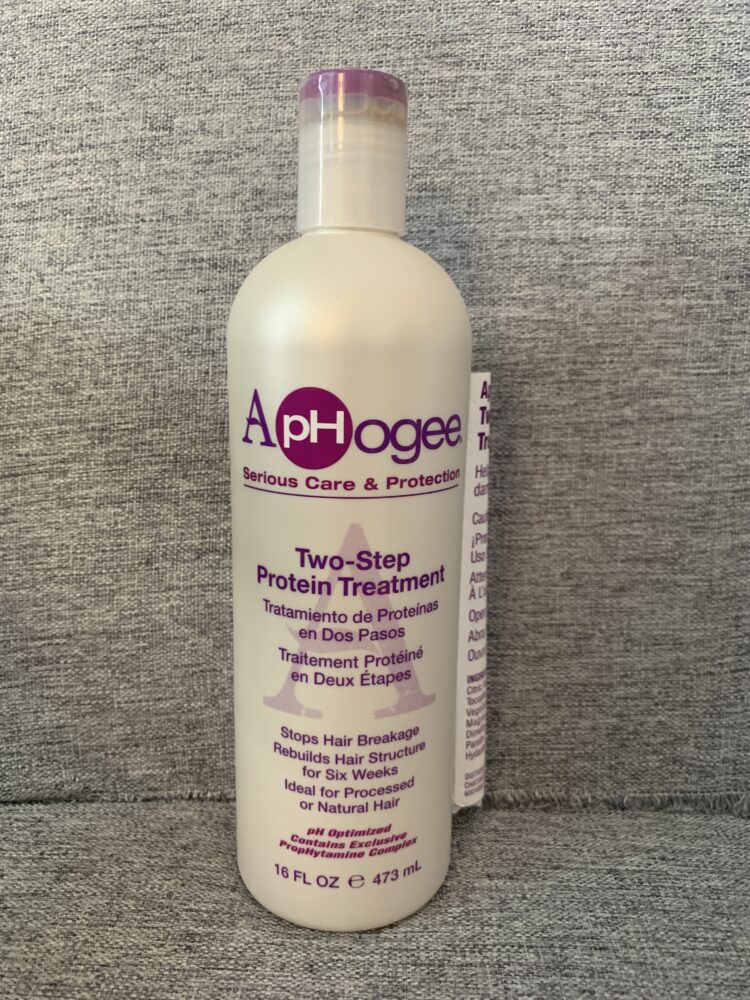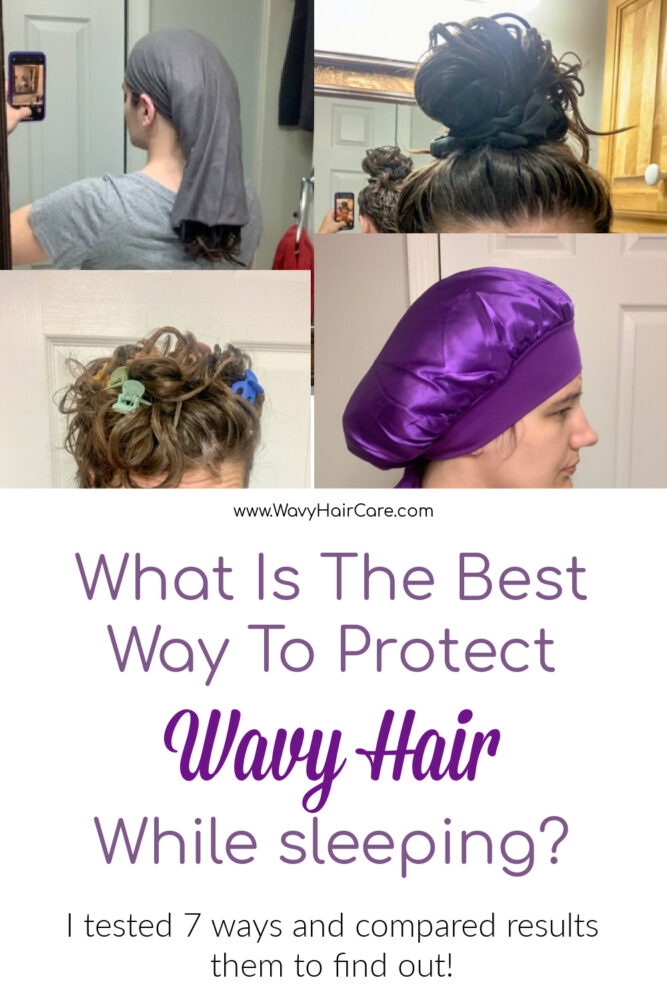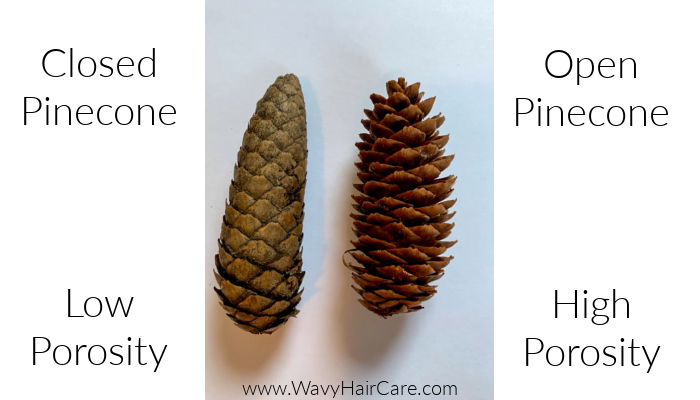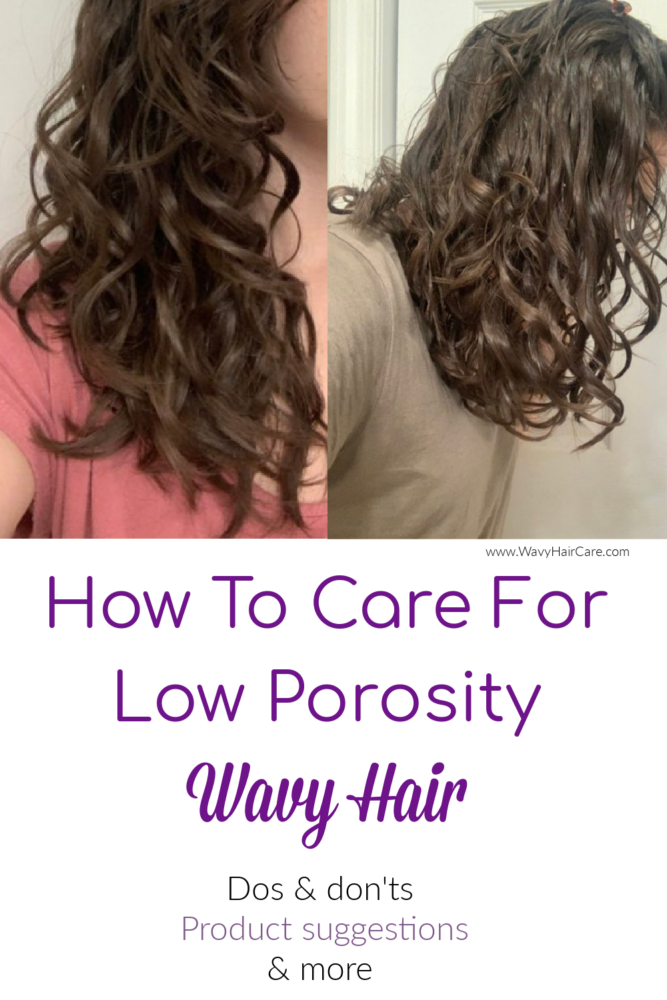A while back I shared three wavy hair techniques in a blog post. I mentioned how I planned to make it somewhat of a series. This is post #2 in that series! I’ve been having fun trying out some of these different methods.

A wavy hair blog sharing tips and tricks for embracing naturally wavy hair.
A while back I shared three wavy hair techniques in a blog post. I mentioned how I planned to make it somewhat of a series. This is post #2 in that series! I’ve been having fun trying out some of these different methods.

There are affiliate links in this post.
When I was new to the curly girl method I read about protein overload and was scared of protein as a result. I successfully avoided using much protein for quite a while without a problem. I think after about a year and a half, I started experiencing moisture overload.
I’d wash and style my hair the same way, using the same products as before, but I’d barely get a cast when I used to get a hard cast. Plus, my waves would fall flat after just a few hours or less than a day, when they used to last multiple days. I couldn’t avoid protein any longer.
Once I saw how much my hair benefited from some protein, I started incorporating it into my routine more often. I remained afraid of really ‘strong’ protein treatments though. Yet, I continued to find myself in moisture overload fairly frequently when using more mild protein treatments. If you haven’t already, I’d recommend learning your hair type and how your hair type impacts what products you should use.
A year or so ago, I finally decided to try a strong protein treatment…the Aphogee two-step protein treatment. I bought the sample packet at first. It went really well, so I’ve since bought the full sized bottle.

There are affiliate links in this post.
One of my earliests posts on this blog was how to sleep on wavy hair. In that post I went over a variety of different methods you can sleep on wavy hair to try to preserve your natural waves overnight.
Since then, I’ve heard of some other techniques. I also came to realize that while I had heard of a handful of different techniques, I hadn’t tried them all or compared them. I got wondering what the best method really is. So, the last six weeks or so, I’ve been putting it to the test.
Each wash day I washed my hair with the same products and techniques. My goal was to keep everything the same except how I slept on my hair overnight. I tried to use the same amount of shampoo, conditioner and gel each time. I used the same product application techniques, plopped my hair the same way for the same amount of time, and used the same hair diffusing method each time.
This way, I could try to compare which methods for sleeping preserve my natural waves the best. At the same time, I recognize that wavy hair has a mind of its own, and I wouldn’t get the exact same results each wash day. For that reason, I am including the “before bed” and “the next morning” photos for each so you can see how much my hair fell or maintained is shape.

There are affiliate links in this post.

Low porosity hair is hair that has tightly closed hair cuticles. Our hair cuticle is often compared to a pinecone (closed for low porosity, open for high porosity). Another analogy for the hair cuticle is a shingled roof, with a newly made roof being low porosity, and a roof with some raised/curling shingles and/or missing shingles being high porosity.
Having a tight, closed cuticle means that once water gets into your hair strand, it’s likely to stay nice and hydrated as the tight cuticle will be great at holding water in your hair. It may be harder for water and hair product ingredients to get into your hair though. For this reason, some with low porosity hair struggle with dry hair while others with low porosity hair struggle with over-moisturized hair.
If you have low porosity hair and aren’t successful at getting water and products into your hair strands, it can become dry. If you have low porosity hair and are successful at getting water and products into your hair strands, it can become over-moisturized.
